The musculoskeletal system is one of the most important systems of our body that is responsible for providing structure while ensuring heat generation, mobility, movement, and support. Among people of every age, there is a major concern regarding orthopedic injuries that can interfere with the normal functioning of this system. You can consult one of the best orthopedic doctors in Siliguri at Star Hospital immediately if you have undergone an orthopedic injury.
Whether you’re performing your daily chores or trying to push your normal limits as an athlete, you may suffer an injury at any time. You can identify the severity and location of the injury through its distressing symptoms which may include visible deformity, persistent pain, weakness, swelling, and limited range of motion. Even after proper treatment, these injuries can have long-term consequences that can have a significant impact over your body.
Probable Causes Of An Orthopaedic Injury
Orthopaedic injuries can impact your joints, bones, muscles, tendons, and ligaments. It can be caused due to a variety of causes which include overuse, trauma, medical conditions, or genetic issues.
- Trauma And Overuse- Trauma injuries can be caused due to various conditions which may include car accidents, sudden falls, and sport injuries. In some cases, injuries can also happen due to overuse or repeated usage of a particular muscle or joint. Exercising with providing time to recovery can be a main cause of overuse injury.
- Age-Related Problems- Our joints and bones become more prone to break as well. This is why we may experience more orthopedic injuries if you’re above 60. Certain age-related conditions such as degenerative disc disease, osteoporosis, and osteoarthritis can also lead to the increased susceptibility towards orthopedic injuries.
- Medical Issues- In some cases, orthopedic injuries can happen due to underlying medical issues. Rheumatoid arthritis is one of the most common health issues that can contribute to unexpected injuries.
- Poor Posture- We are more inclined into a sedentary lifestyle nowadays where our work involves sitting in front of the computer for long hours. This issue can lead to poor posture which makes you more likely to have orthopedic injuries. Doing repetitive tasks and poor posture can strain your muscles which becomes likable to injury.
- Genetic Conditions- Some people have unique genetic mutations which also increases the chances of orthopedic injuries. Genetic influence has a major impact on your joints and bones that can influence a serious injury.
Common Orthopedic Injuries Impairing Mobility
1. Tendinitis

One of the most common orthopedic injuries that can decrease your mobility is tendinitis. This is basically an inflammation in your tendons that can be caused due to overuse or repetitive exposure of a tendon. Undergoing repetitive tasks every day or sports can be some of the conditions when you might experience this injury.
Some of the common signs of tendinitis that you can notice are stiffness, tenderness, severe pain, or swelling around a tendon that may worsen after performing a physical activity or movement. The doctor may prescribe anti-inflammatory medications or recommend avoiding intensive activities to treat tendinitis.
2. Sprains And Strains
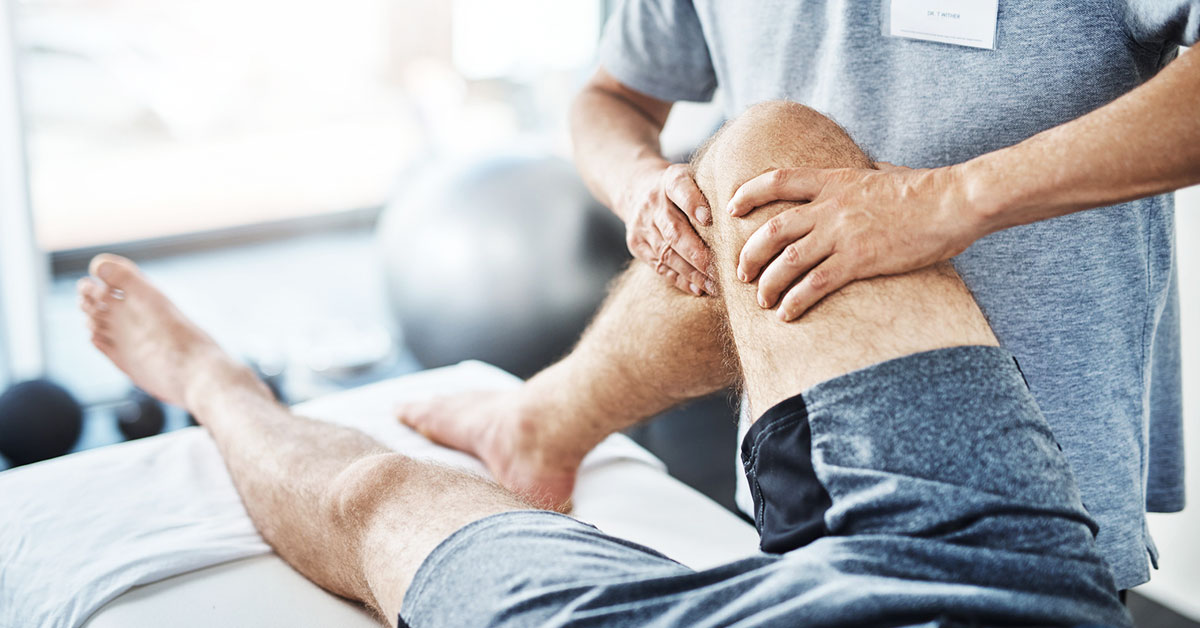
You may experience a sprain if the ligaments connecting the joints or bones are torn or stretched. If this tearing is experienced in the tendons or muscles then it is considered strains. Both of these injuries can happen due to various issues such as repetitive stress on a particular joint or tendon, sudden twists, overextension, or falls.
In most cases, patients experience severe pain, swelling, and tenderness after suffering from a strain or sprain. Herein, you may also suffer from limited range of motion. Physical therapy, surgical intervention, ice compression, and bed rest are some of the treatment approaches that a doctor may recommend.
3. Rotator Cuff Injuries
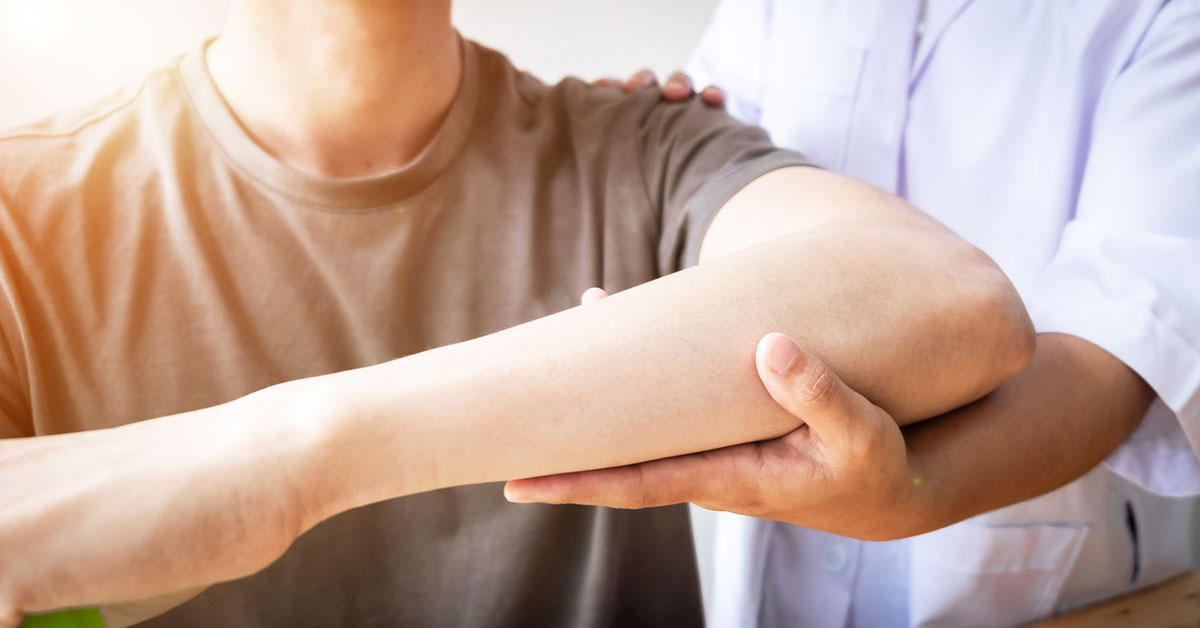
If you’re above 60 years then you’re more prone to experience a rotator cuff injury. People who are continuously performing overhead motions then also you can experience these injuries. Degenerative changes and trauma can also be some of the contributing factors behind rotator cuff issues.
You may experience decreased shoulder movement, difficulty to lift weight, pain, limited range of motion, and pain if you have suffered such injuries. In most cases, the orthopedic doctor will refer to physical therapy exercises and pain management to control this issue. Surgery can also be recommended by the doctor in certain serious cases.
4. Fractures
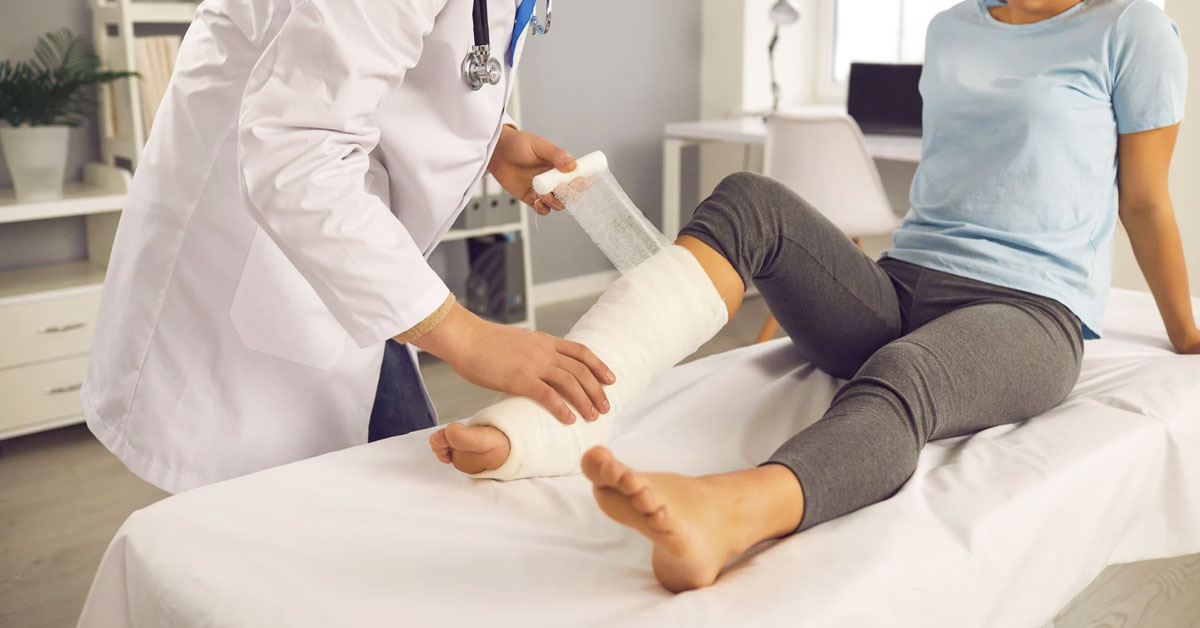
A partial break or full bone fracture can happen when the continuity of your bone tissue is broken. You may suffer from a broken bone due to various issues such as sports injuries, falls, and accidents. There can also be some underlying health conditions such as osteoarthritis that can increase your chances of suffering a fracture.
Common signs that can indicate a breakage in the bone are swelling, unbearable pain, difficulty moving, deformity, and bruising in the affected area. In some cases, you may also hear a sound while getting injured that may indicate a fracture. Realigning the broken bones or using braces and casts can be effective options to treat fractures.
5. Carpal Tunnel Syndrome

The median nerve is an essential part of the musculoskeletal system and if you experience an irritation or compression in that nerve then you may suffer from carpal tunnel syndrome. This is a serious orthopedic injury that can cause some distressing physical symptoms including pain in the fingers and hand, numbness, weakness, tingling sensation, and difficulty to perform common motor tasks.
Some of the high beneficial treatment approaches to manage this issue are physical therapy, wrist splinting, surgery, pain management, and activity modification. Surgery is only recommended by the doctor only in severe cases.
6. Shin Splints
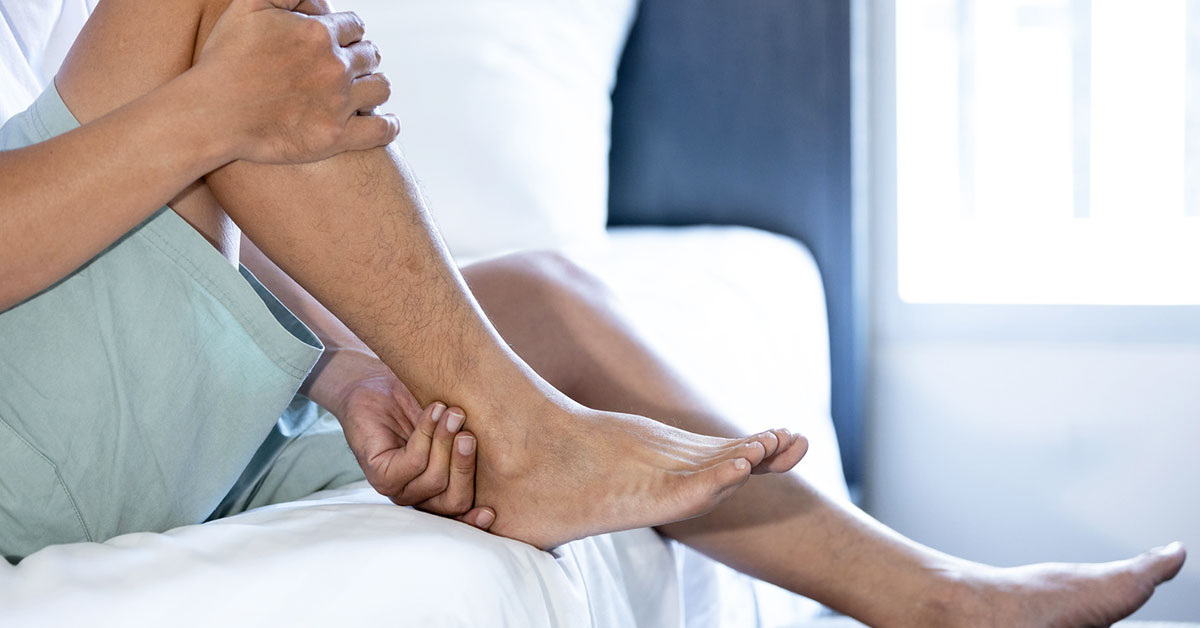
Shin bone or tibia is the longest bone of the body and any inflammation or pain in this bone can indicate shin splints. This type of orthopedic surgeries can happen when you experience repetitive or constant stress in the lower leg. You may experience such stress especially when you’re jumping or running.
The common symptoms of this injury are tenderness or sharp pain around the inner edge of your tibia. These symptoms often worsen when you’re performing certain physical activities. Applying ice packs, rest, wearing proper footwear, activity modification, and physical therapy are some of the effective treatment approaches that a doctor may refer to.
7. Stress Fractures
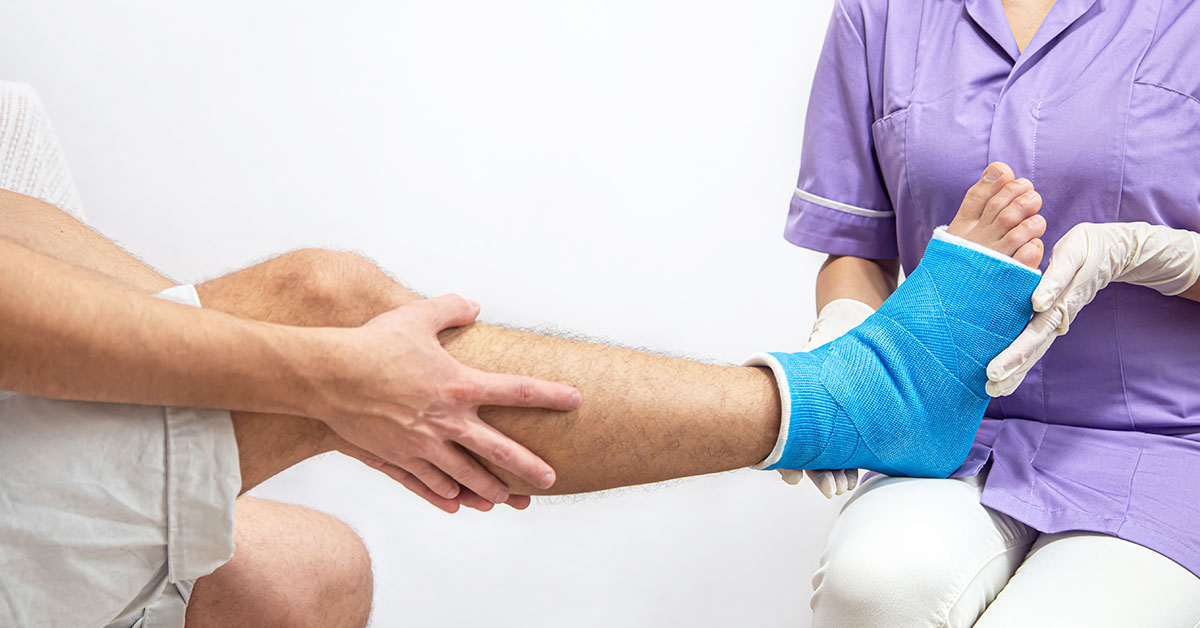
Another orthopedic injury associated with excessive physical activity is stress fractures. This type of issue can develop if you’re overusing or providing repetitive impact on a joint. Overusing a joint can cause bruising or small cracks in the bones that can contribute to the fracture.
Some of the key signs of such fractures include tenderness, localized swelling, issues with bearing weight, and pain during physical activity. Pain management, offering support to that particular joint, and rest can be the beneficial measures to manage stress fractures.
Important Tips To Prevent Orthopedic Injuries
- Prioritize Bone Health- Bones are the integral part of your musculoskeletal system and it is essential for you to prioritize bone health to prevent orthopedic injuries. As you age, your bone mass decreases and to promote stronger bone pass, you must intake an adequate amount of Vitamin D, calcium, and magnesium.
- Maintain Proper Body Weight- You may have high risk of experiencing orthopedic injury if you’re overweight or obese because of the excessive strain over the bones. This makes it essential for you to maintain proper BMI index to decrease the issue of carrying repetitive strain of the extra weight.
- Eat a Balanced Diet- Food is the ultimate fuel of our body and by following a healthy diet, you can also prevent orthopedic injuries. You can incorporate foods like egg, red meat, fish, beans, mushrooms, milk, and lentils in your diet to improve bone density while strengthening the connective tissues.
- Always Stay Active- While contacting an orthopaedic doctor in Siliguri, you will always hear that staying active and exercising regularly can promote healthy bones and joints. You can incorporate weight-bearing or strength training in your daily lifestyle such as push-ups or walking to protect your bones from straining and prevent orthopedic surgeries.
- Don’t Forget Warm-up And Cool Downs- Exercising can prevent injuries but you may also experience unexpected orthopedic injuries if you don’t practice warm-up and cool downs. Preparing your body for exercising and transitioning it to the normal state is important for your body to reduce the intense stress and promote recovery.
- Use Appropriate Protective Gear- Another essential tip that you can follow to reduce the risk of orthopedic injuries is using proper protective gears while doing any sports or exercise. You must use proper helmets, knee pads, footwear, and wristguards to reduce the impact of physical exercise on your joints and bones while providing the required stability and support.
- Don’t Over Train- You must never over train your body as it can create pressure in the joints while increasing the chances of orthopedic injuries. This is why it is important for you to give adequate time for your body to recover and heal in between intense workout regimens.
If you feel off-balance or experiencing difficulty to pick-up weights then without any delay you must contact a reputed orthopedic doctor in Siliguri. Before following the preventive tips, you must always consult the doctor who can offer you personalized guidance based on your health limitations, individual needs, and fitness level.

Meet Our Contributing Expert:
Clinical expertise and insights for this article were provided by Dr. Archisman Das, MS, Fellowship in Joint Replacement Surgeon a renowned Orthopaedics & Joint Replacement Surgery. Delve deeper into their professional profile here for more comprehensive information.
Comments (0)





